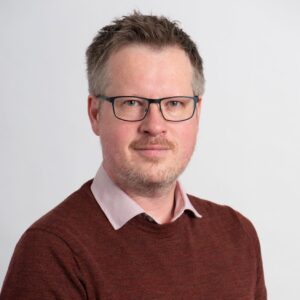The National Crime Agency places the number of known organised crime groups (OCGs) operating at around 6,000. By the end of 2015, the number of offenders in the mix had reached an eye-watering 50,000. The reason we know this is because of the Organised Crime Group Map (OCGM), a system used by all local police forces and other enforcement agencies to administrate and manage the response to known groups that are considered to be OCGs. The numbers are startling but is it the whole picture for what’s going on across communities in the UK? By adopting the perspective of victims and the communities,our recent research reveals the harm from organised crime to be both wide-ranging and pervasive in certain neighbourhoods in the West Midlands, and highlighted the inability of current police systems to capture this harm at the local level.
Organised crime is a concept that is mired in definitional uncertainty and as a result is poorly understood by academics and practitioners alike. Therefore the OCGM represents a sensible approach to operationalising it; it draws clear lines in and around this amorphous concept and sets it apart from other crimes, both in terms of its severity but also the resources and techniques required to tackle it. It has become the primary means for measuring and describing the problem (for practitioners and policy-makers alike) however it cannot possibly account for all organised crime for a number of fundamental reasons:
- The parameters for organised crime, as laid out by the UK government definition, make for a wide net and could encapsulate a vast number of groups and offenders.
- It catalogues perpetrators rather than crimes or harm, and very often those responsible remain unknown to enforcement, especially when impacting from outside the UK.
- At its heart it is a practitioner’s tool for managing finite resources across all layers of policing (from the local to national) and therefore it only makes sense to catalogue groups that are likely to merit these resources.
- The decision-making remains largely human, with groups entered on to the database largely reflecting back the disparate priorities across police forces and agencies, as well as perceptions for what organised crime is.
The OCGM runs the risk of falsely embodying and thereby eclipsing the reality of organised crime in communities, with local teams quantifying their organised crime problem in terms of how many mapped groups they have on their books (if they are lucky there could be none at all!). Accounting for the problem in this way is akin to gauging the local burglary problem on the basis of how many offenders they happen to know about, and risks overlooking organised crime that carries on right under the noses of practitioners on the ground. Our recently published research for example, shows a substantial amount of fraud was being committed against members of the public and that a significant proportion of this was likely attributable to OCGs. There were no formally recognised OCGs involved in fraud in the two police force areas therefore it was not being acknowledged or prioritised for a response.
The primacy of the OCGM represents in part historic offenders – rather than victim-focus from the police, pursuing and disrupting OCGs over and above seeking and helping victims and communities that are at risk or being harmed. With the emergence of crimes such as fraud, child sexual exploitation and modern slavery, the problem is growing in both scale and complexity, and there is a dawning awareness that criminal justice is at best only one part of the solution to crimes that often have substantive social and economic problems at their root. Consequently, there is a need to shift the paradigm, re-orientate and take a lower vantage point, one that views the threat of organised crime through the lens of victims and people at risk, in the form of crimes reported, local intelligence and police and other practitioner knowledge of their communities.
The predominant approach for using an OCG-count to account for our serious and organised crime problem is creating large blind-spots and it is now time to nudge the spotlight in the direction of the crimes and harm – from the chronic victims of mass-marketing fraud, the financially vulnerable exploited by intimidating loan sharks, to the high turnover of women working in the local brothels, to name but a few. These are the units for measuring serious and organised crime and the threat it presents to communities. This is the information that should steer attention and resource. And in looking more closely, we will no doubt uncover more offender names and groups to go on the OCGM list.
Read our latest briefing: The impact of organised crime on local communities.
Mike Skidmore, Senior Research Officer
